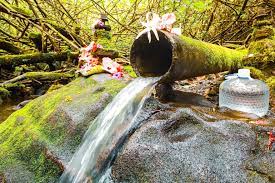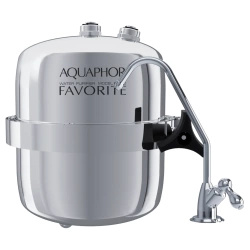Mineral water has become colloquially synonymous with bottled water. However, water must meet certain conditions to be called mineral water. What are those conditions? Is spring water subject to any conditions? How does the EPA define „spring” water? The following article deals with that topic.
Minerals

Minerals are part of the earth’s crust. They are commonly found in nature. As a result, there are about 2000 known minerals. They have different structures. Some of them form salts that contain elements essential for human and animal life. These salts, dissolved in water, give mineral water. At least 30 elements are necessary for the proper functioning of the human body. They include calcium, phosphorus, magnesium, sodium, potassium, chlorine, sulfur, iron, zinc, manganese, iodine, chromium, selenium, copper, fluorine and others. As these elements are found in water through minerals, they are also commonly referred to as minerals. However, they are found not only in mineral waters, but also in the fruits and vegetables that we eat every day.
Mineral waters
Pure mineral waters are becoming increasingly rare. This is because the springs from which the water is extracted fill up with ordinary surface and ground water. Consequently, the latter mixes with the original mineral water. Mineral water contains only four elements essential for life: calcium, sodium, potassium and magnesium. Such water is formed in the fissures of the earth’s crust, coming into contact with rocks containing microelements. Nonetheless, not every deep water is mineral water. To meet this criterion, an appropriate content of dissolved mineral substances is required. Until 1990 there were only 28 mineral waters in Poland. However, in the following years, due to relaxation of standards of element content, the category of mineral waters increased 20 times. In 1997 they were divided into low-, medium- and high-mineralized waters.
Spring waters
Apart from mineral waters, spring waters are also distinguished, but they contain only negligible amounts of useful minerals. The U.S. Environmental Protection Agency (EPA) defines spring water as being any water that originates from an underground aquifer and is collected as it flows naturally to the earth’s surface or via a borehole that taps into the underground source.
Conclusion
To conclude, the more minerals water contains, the more beneficial it is to health. However, due to the mixing of deep water with surface water and groundwater, the purity of mineral water gradually decreases and the water becomes more and more similar to ordinary tap water. When tap water is purified with a home RO filter, you will get water that is chemically purer than bottled mineral water.

